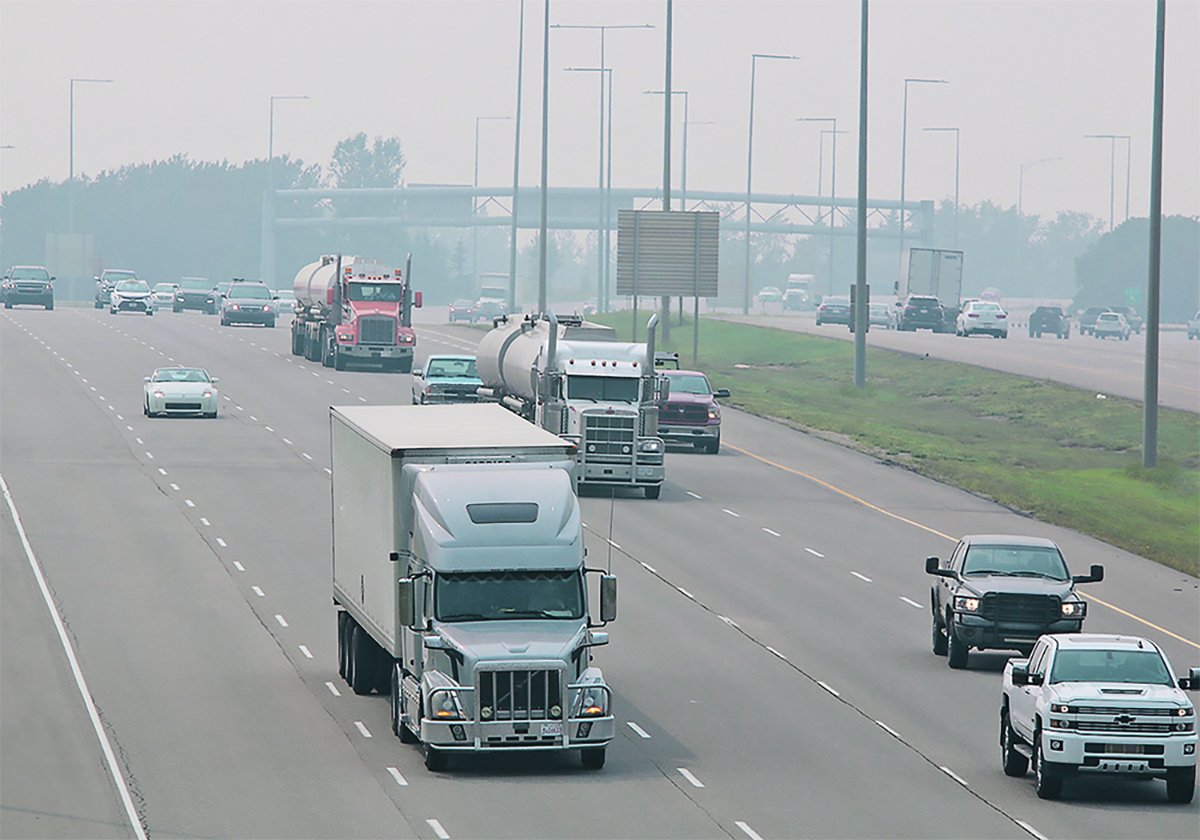The Canadian cattle industry is at a “critical junction” that will see it either sustained by expanded offshore sales or cut in half to service the domestic market, said the new chair of the Canadian Beef Export Federation.
The industry is not sustainable as it is, said Dr. Kee Jim of Okotoks, Alta., a veterinarian and a player in all aspects of the cattle business from cow-calf to feeding and finishing.
He told the semi-annual CBEF meeting that rising input costs, a high dollar, scarce and expensive labour and inadequate access to many foreign markets mean the beef industry is bleeding. All sectors of the cattle chain are losing money and the packing industry is operating at 65 percent of capacity as live cattle are shipped south for slaughter.
Read Also

Alberta cracks down on trucking industry
Alberta transportation industry receives numerous sanctions and suspensions after crackdown investigation resulting from numerous bridge strikes and concerned calls and letters from concerned citizens
“This industry has not seen a bleaker time that I’m aware of,” said Jim. If producers do not start to deliver more cattle to packers to increase their productivity and utilization rates, “at some point in time the lights go out.”
That would mean the inevitable descent to a national herd of less than three million head with a packing capacity half the size of the present industry.
The CBEF president said the only answer for industry survival is to increase offshore sales and that requires government trade deals that give more access.
“I really don’t think we have a lot of options,” he said. “The only solution is trade off the North American continent. If we believe that market access and trade outside North America are not key, then we will fulfil our destiny of being a minor player in the world.”
But Jim and CBEF president Ted Haney said expanding trade outside North America is hampered by lack of access. In part, it is a legacy of the BSE crisis in 2003 that closed borders to Canadian cattle, but it also is the result of other countries negotiating better access deals than Canada.
The entire beef industry, represented through the value-chain roundtable that meets regularly, has agreed that the federal government should create a trade negotiation directorate that can convince other countries to provide better acces to Canadian livestock and beef products.
The directorate would include representatives from Agriculture Canada, the Canadian Food Inspection Agency, the department of foreign affairs and international trade and Health Canada.
Jim said it would represent a co-ordinated Canadian approach to gain more access to markets or to head off attempts by foreign countries to reduce existing access.
The idea has received some political support. A recent agriculture report from a Liberal caucus task force headed by agriculture critic Wayne Easter supported the idea.
But it has been facing resistance from the federal bureaucracy, a message that was heard again March 11 during the CBEF meeting from CFIA vice-president Sandra Wing. She insisted CFIA does not oppose the idea but has some serious questions about how it could be organized. The affected departments might resist losing some mandate to a new body.
“I understand the frustration and I’m not saying it’s a horrible idea,” she said. “But I do have some questions and I wonder if rather than trying machinery of government changes, the departments should simply be encouraged to co-operate more.”
Jim said a commitment to a better co-ordinated government trade effort is needed. He said there will be a strong lobby on the government this year.
“We will face the clichés about machinery of government problems but it can be done,” he said. “If we are going to be defeated in this because the machinery of government cannot be adjusted, that is unacceptable.”














